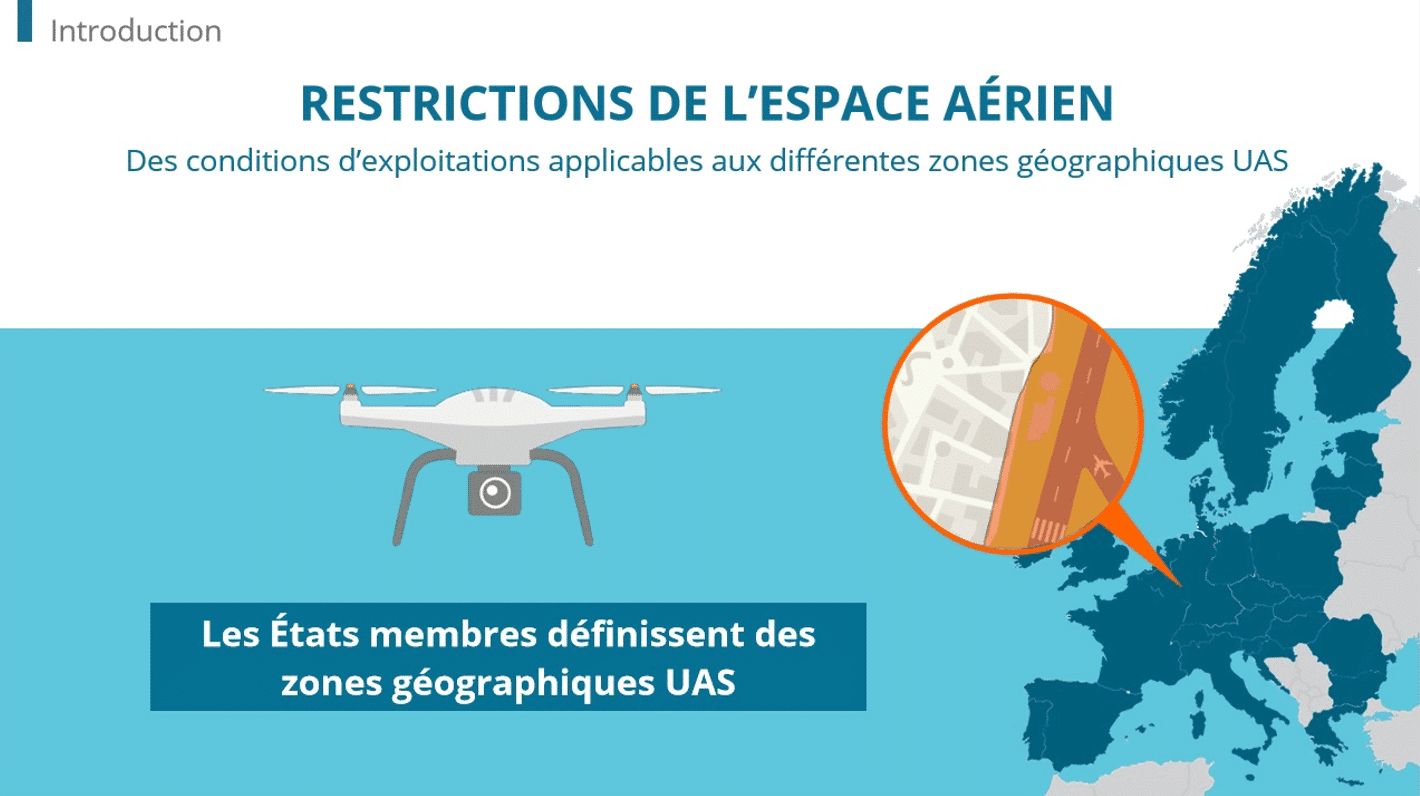Anti-money laundering (AML) practices are put in place to ensure companies conduct themselves lawfully and that “dirty money” stays out of the business. Most industries require their staff to undergo routine AML compliance training. Here’s how your company can conduct the course in a way that’s engaging and increases information retention.
AML compliance training at a glance
Money laundering and terrorist financing are becoming increasingly commonplace due to the digital age where financial assets and information are readily accessible online. But how prevalent is money laundering? Between 2018 and 2019, money laundering cases actually fell by 13%. However, companies fined for non-compliance have significantly increased, with total fines increasing five-fold.
Companies are beginning to take note of the penalty for non-compliance. This accounts for the exponential growth of the AML software market, an industry projected to become a $1.77 billion sector by 2023.
Why it’s important to have an engaging AML course
Most AML provisions are steeped in page upon page of legal jargon and overly formal language. Most U.S. firms, for example, must comply with provisions under the Bank Secrecy Act and the guidelines under the FINRA Rule 3310. The latter establishes standards for a company’s internal AML compliance program. Likewise, many countries worldwide follow the AML provisions set forth by the intergovernmental Financial Action Task Force (FATF).
These provisions are at times very difficult to understand and accurately interpret. Plus, the material is also not very exciting to read, making for a very bland course that’s unengaging and leaves employees unmotivated. Employees resort to rote memorization just to get through the course. Upon successful completion, they’ll quickly move on and forget what they learned. There’s very little information retention.
How to create an effective anti-money laundering training course
Create an online AML compliance training course with the help of Dokeos LMS that enables employees to complete the course in the convenience of their own homes. They can also complete the training in increments, rather than having to sit through a drawn-out course in a single sitting. Here are some ways to develop an AML e-learning course that’s interactive and even moderately fun.
Make it visually appealing
Incorporate visuals in the form of images, infographics, and videos. 65% of the world’s population are predominantly visual learners. The brain also processes images 60,000 faster than plain text. Add visual imagery where appropriate for optimum information processing.
Note: While you should add visuals, be sure to add other types of media to cater to other types of learners. Incorporate audio to cater to auditory learners, and in-class exercises to cater to kinesthetic learners.
Incorporate real money laundering stories
Storytelling is a great way to instill in people the severity of money laundering and the stiff consequences perpetrators face. Use recent and high-profile stories from your country of people who engaged in money fraud and were apprehended and prosecuted. For each story you tell, provide a key takeaway lesson to be learned. Stories should also include companies that faced stiff fines for failing to comply with AML regulations. Here are some real-life AML stories from around the world for inspiration.
Gamify it
Gamification makes learning fun. One form of gamification is through friendly competition. At the end of each course section, include a quiz. Those who score within a certain threshold receive a digital trophy. Upon completion of the course, those who receive the most digital trophies get an external reward from the company, such as a gift card. The company should also publicly announce the highest scorers to acknowledge their high achievements.
Divide the course into manageable chunks
Break the course into smaller parts. As long as employees meet the completion deadline, they can go at their own pace. Upon completion of each section, give them the option to continue or save and exit the course. This way, members can complete the course by just devoting 10, 15, or 20 minutes a day over the course of a week or so.
Blend AML online training with in-class material
While the bulk of the material should be online, there can also be a classroom component with a live instructor. The blend of online and in-person learning provides a diversified approach. This also provides opportunities for group discussions and collaborative work among employees. In lieu of an in-person classroom, you can set up a virtual classroom with a moderator reviewing the course material.
Create and manage AML training with Dokeos LMS
With Dokeos, you can develop a highly engaging training AML compliance course that meets national and international standards. To assess retention, create quizzes using a number of pre-made templates. The best part? You only need to create the course once—reuse it for future retraining and recertifications. You only need to make small revisions with every reuse to keep up with changes in official AML guidelines.
Whether you are a multinational corporation or a small company, we support you in the creation of appropriate online training and assessment solutions.
Sign up for a Dokeos free trial today and save time developing your first AML compliance course using our LMS training platform. Contact us !
















